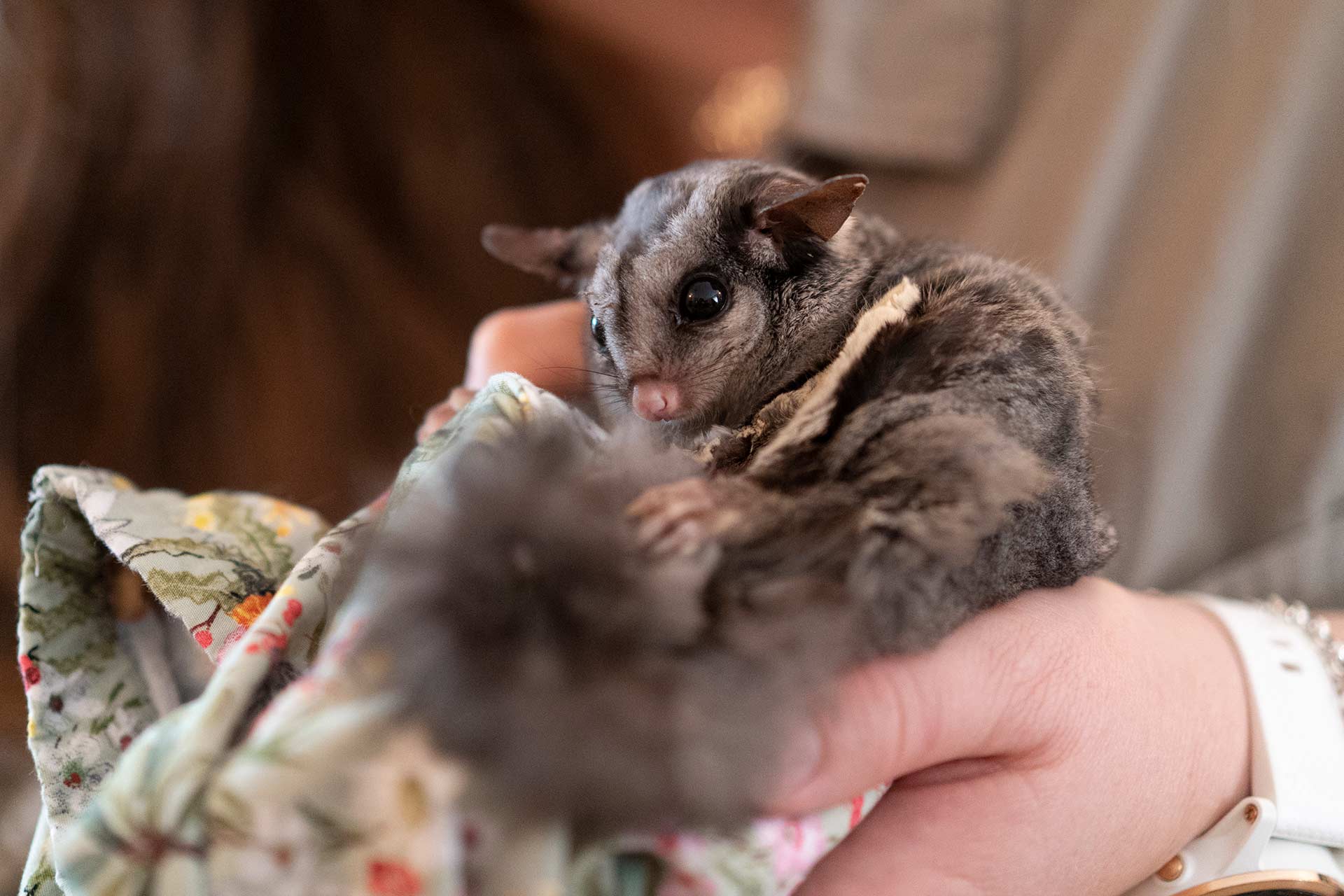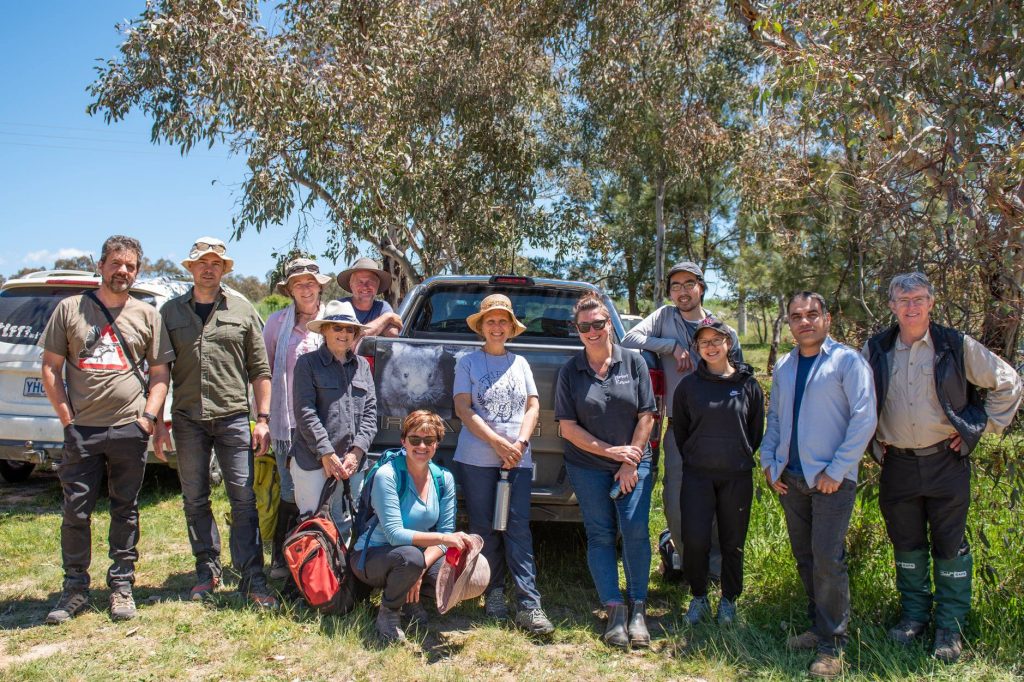As well as working on the land and collecting information about our ecosystems, volunteers are also involved directly in protecting the ACT’s wildlife. In Canberra, this takes two main forms – caring for injured or displaced wildlife and controlling feral animals which compete with natives.

While some people don’t like the thought of feral animals being culled, it is just as important for the protection of our environment as the other types of volunteering described in this report.
While environmental volunteers and citizen scientists do not do this work directly, they make a significant contribution to ACT Government programs to control feral animals through recording sightings of invasive animals, and activities such as mapping rabbit warrens.
Wildlife Care
ACT Wildlife is the only wildlife care group in the ACT, and is almost entirely operated by volunteers. Those volunteers rescue, rehabilitate and release native animals that come into their care due to injury or displacement. Read more about ACT Wildlife here, and about its volunteer president Lindy Butcher here.


ACT Wildlife – caring for the ACT’s native creatures
When the ACT’s native animals are injured, it is this group of volunteers who steps in to help Volunteering type: […]
Read more
How to raise a wombat
Lindy Butcher has her hands full – literally and figuratively – volunteering as President for ACT Wildlife and caring for […]
Read moreWombat Rescue has been operating in the ACT and surrounding areas of NSW since 2018. Volunteers work in the field to treat wombats with sarcoptic mange, a skin disease caused by a species of mite that was introduced to Australia by Europeans approximately 200 years ago. Mange causes irritation, hair loss and thickening of the skin, and may lead to serious illness and death if left untreated. They also do night-time patrols of stretches of road in known hot-spots where wombats are frequently the victims of traffic collisions. This enables rescuers to get injured wombats the help they need, or to rescue joeys whose mothers have been killed. The group provides education and training programs about wombat rescue, mange and wombat behaviour.


Wildlife Management
Wombat Rescue has a dedicated team of around 20 active volunteers, and in 2022 is focussing on mange treatment of wombat populations in reserves along the Murrumbidgee and Molonglo Rivers. Wombat burrows in these areas are being mapped, and 40 wildlife cameras have been deployed to monitor wombats receiving treatment. It is hoped that around 200 wombats will be treated for mange as part of this program.
Canberra Indian Myna Action Group (CIMAG) volunteers do the bird equivalent of weed control, working to prevent the invasive Indian Myna from taking over Canberra’s urban areas. These birds compete with native species for food and nesting sites. They are especially aggressive in establishing their nesting territory and will drive off other birds that try to nest nearby, even destroying eggs and killing chicks. As well as educating the public about Indian Mynas and the threats they pose, CIMAG runs a humane trapping program. Volunteers abide by rigorous animal welfare protocols, and Mynas are dispatched in a way that is quick, painless and low-stress.
Volunteers build and maintain traps, and provide support and training for new CIMAG members. More than 70,000 Idian Mynas have been removed from our ecosystems since the group started in 2006. Over the time that CIMAG has been operating its trapping program, Indian Mynas have gone from the third most common bird species in Canberra to the 17th most common – an incredible achievement for our native wildlife.

